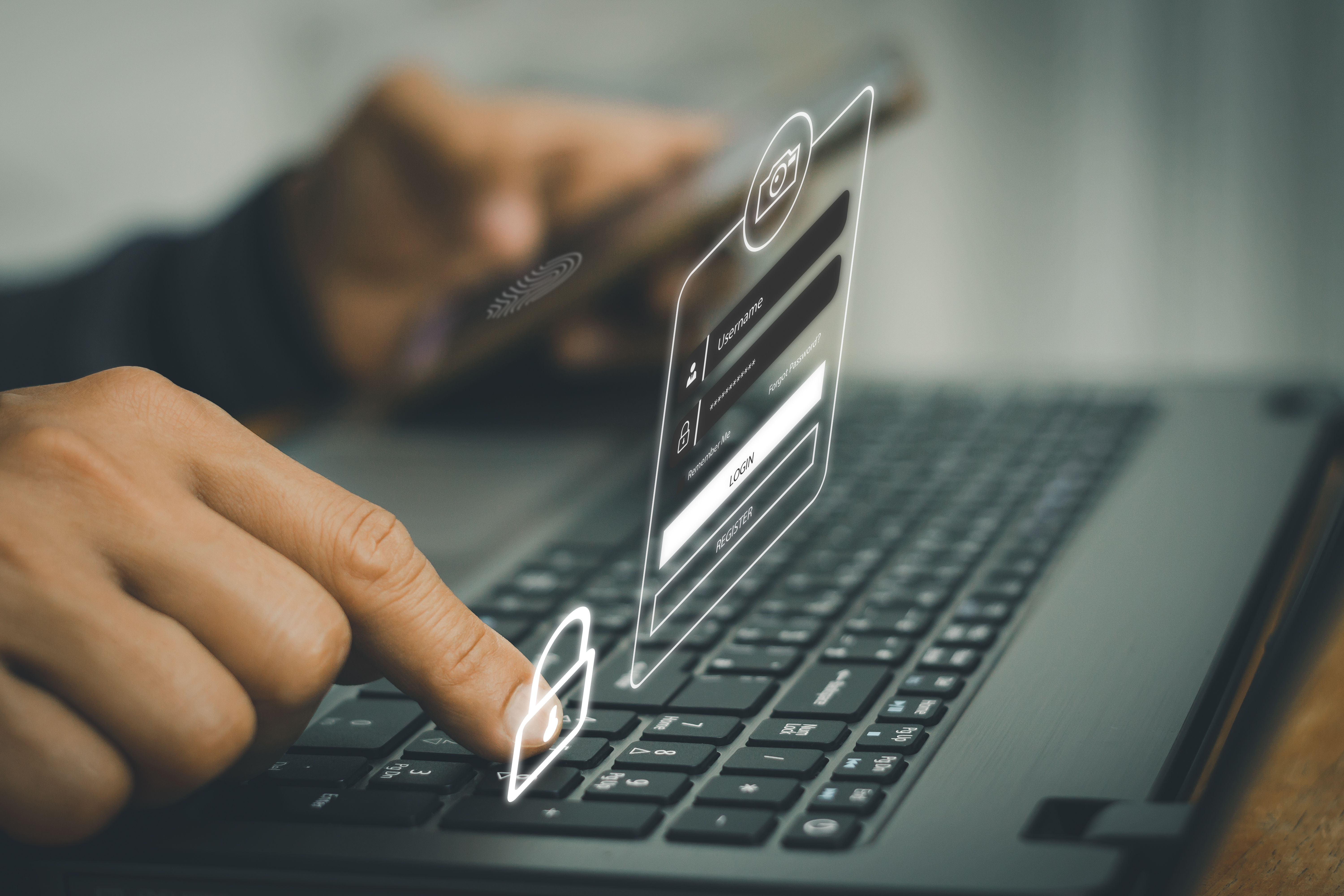A recent study by MaretsandMarkets noted that the global biometric system market is expected to grow to $68.6 billion by 2025, and to $82.9 billion by 2027. Given the advances in the industry over the last 10 years, this study shouldn’t surprise anyone.
Biometric Technology is far from new, In fact, according to researchers, biometrics can be dated as far back as the Babylonian empire in 500BC, when clay was first used to record fingerprints. However, the closest thing to modern biometrics wasn't recorded until the 1800s in Paris, France by Alphonse Bertillon. He is now considered to be the pioneer of modern biometrics for his use of fingerprints as criminal records, which he called “the Bertillon body measurement system.” While Bertillion's initial system was far from perfect in both application and use case, it got the ball rolling on the concept of using biometric systems as a means of identification.
In the 1960s, biometrics as we now know them entered the scene in the form of the Indentimat. Introduced by the FBI, the Indentimat was the first automated biometric device and was developed to check for fingerprints to maintain criminal records. Biometrics went truly mainstream in 2013 when Apple released Touch ID, bringing biometrics into everyday use for the average person.
Since then, biometrics technology has continued to boom! Apple, Google, and Microsoft have all introduced biometric features into their products. The U.S. Government has taken a keen stance on biometrics and has specifically recommended its use for identity authentication (multi-factor authentication) as recently as January 2022.
Biometric Devices
The U.S. Government has been using biometric technology since the 60s, but it wasn’t until recently that these devices have been readily available to the public. Apple, arguably, is the company that introduced most to biometrics with Touch ID (and then later Face ID), but biometric authenticators have been increasing in popularity within the security industry for quite some time.
Businesses have been the leading adopters of biometric tech as it has become a highly convenient component for multi-factor authentication. The most common types of biometric recognition methods used are facial recognition, iris scanning, fingerprint recognition, voice recognition, and retina scanning. While these remain the most prominent, the industry has recently embraced additional methods of authentication; gait, height and build, app usage, and other factors will soon be more prevalent in society.
Behavioral Biometrics
As biometrics tech continues to evolve, so do the use cases. Behavioral biometrics have begun to play a leading role in security. Behavioral biometrics take into consideration an individual's behavior: the way a user interacts with a device, the rhythm in which they use a keyboard, their stride and footfall, or the gestures they use when scrolling on their phone. These “passive” or behavioral biometrics are done instinctually. Because of the intrinsic nature of passive biometrics, they have become a fundamental variable in identity security for organizations that want interruption-free MFA or a layer of security for use cases where traditional MFA often fails.
Costs
As the demand for biometric tech continues to grow, we also see changes in the cost of implementing such solutions in the workplace. A basic USB fingerprint scanner can cost as little as $20 per device. However, enterprises are more likely to need more sophisticated entry point security. “Prices for biometric access control systems range from a total of $2,500 to $10,000 per door when you factor in the biometric scanner, electronic locking system, software integration, and installation,” according to VIZpin.
Higher adoption rates of biometric technology in general mean prices are likely to fall. In fact, they already have fallen. Ramped-up production due to increasing adoption during the COVID-19 pandemic reduced the price of many biometric access control systems.
Biometrics are the Future of Authentication
Choosing the right solution for your organization will depend on a number of factors, from what problem you are trying to solve to securing the adequate budget for purchasing and deploying the solution company-wide. For industries such as telecommunications, implementing and deploying biometrics that require a device is especially difficult due to the churn experienced in call centers. It is imperative that you consider budget and infrastructure before choosing a biometric solution.
Even with the rapid growth, the development possibilities of biometric authentication and identification are far from being exhausted. As research continues, we see organizations like Twosense merging biometrics with artificial intelligence and machine learning to model digital behavior to authenticate users. Passwords and devices can be stolen or lost, tokens can be phished, but replicating another person's behavior identically is impossible.
As biometrics become more common, the use of identification proxies may cease to exist. When you can use yourself as proof of your own identity, you don’t have to carry around keys, access cards, or dongles anymore. Biometrics will eventually allow for a seamless and frictionless authentication experience for every application, on every device.
.jpeg)


